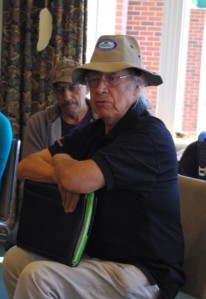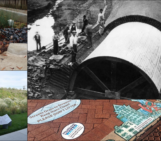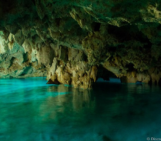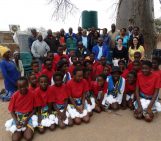[part three of a special six-part blog series by Mark Ranjram, MEng student at McGill University. From June 8 to June 13 2014, Mark had the privilege of being a part of the Canadian Water Network’s (CWN) Student and Young Professionals (SYP) Workshop in Cape Breton Island, Nova Scotia. Here is the prologue to this series.]
After an emotional and inspirational first night together, we had the great privilege to begin the first full day of the workshop at the Unama’ki Institute for Natural Resources (UINR), a collaborative local institution operated by the Mi’kmaq nation dedicated to environmental stewardship on Cape Breton Island. At the UINR we had the amazing opportunity to hear from Charlie Dennis, a senior advisor at the UINR, and Elder Albert Marshall, a senior and influential voice in the Mi’kmaq nation. The clarity of their vision and their expression of the deep, fundamental connection the Mi’kmaq have to their environment was deeply inspiring. Elder Albert described the four R’s that are central to the Mi’kmaq decision making process: reverence, respect, reciprocity, and responsibility, and his concept of two-eyed seeing, or balancing traditional aboriginal knowledge with contemporary western science. The sincerity of the UINR’s efforts and their terrific successes reflect an amazing capacity for a local community to focus their knowledge and energy into real, practical solutions. The power of a deep-seated knowledge of your local environment in developing sustainable social, economical, and environmental solutions is something that really resonated with me, and has got me thinking about how I can apply the profound philosophies of the Mi’kmaq people to environmental education in my home community.
From the UINR we headed off to the trailhead of Glooskap’s cave, a sacred place for the Unama’ki and where their creation story begins. Jeff Ward rejoined our group along with Cliff Paul, the Moose Management Coordinator at the UINR; and Tuma Young, an assistant professor at Cape Breton University with a deep knowledge of local flora and fauna. We were invited to clear our minds and spirits by participating in a smudging ceremony, and then proceeded along the roughly 4 km hike to Glooskap’s Cave. Along the way, Tuma identified traditional medicines and cut us all a piece of a branch with a sap that provides a red-bull like energy kick. The trail to Glooskap’s cave ends with you scaling down a ravine and traveling next to (and in) a river which leads to a beach that is Glooskap’s cave. The view of the outlet when you turn past the last bulge of rocks is incredible, and when you realize how important this one stretch of land is to the people who have invited you into their family and traditions, you cannot help but feel like you’ve reached some critical, indescribable intersection between the emotional, physical, spiritual, and intellectual. We ended our time at the beach by making a food offering and participating in a prayer, a mesmerizing chant led by Jeff’s son and a single beating drum. On the way back to the bus, the entire group was clearly in awe of what had happened and how empowering a sincere, respectful relationship with the natural world can be.







Pingback: The home of our hearts day 1 – twenty-five strangers walk into a Mi’kmaq talking circle… | Water Underground